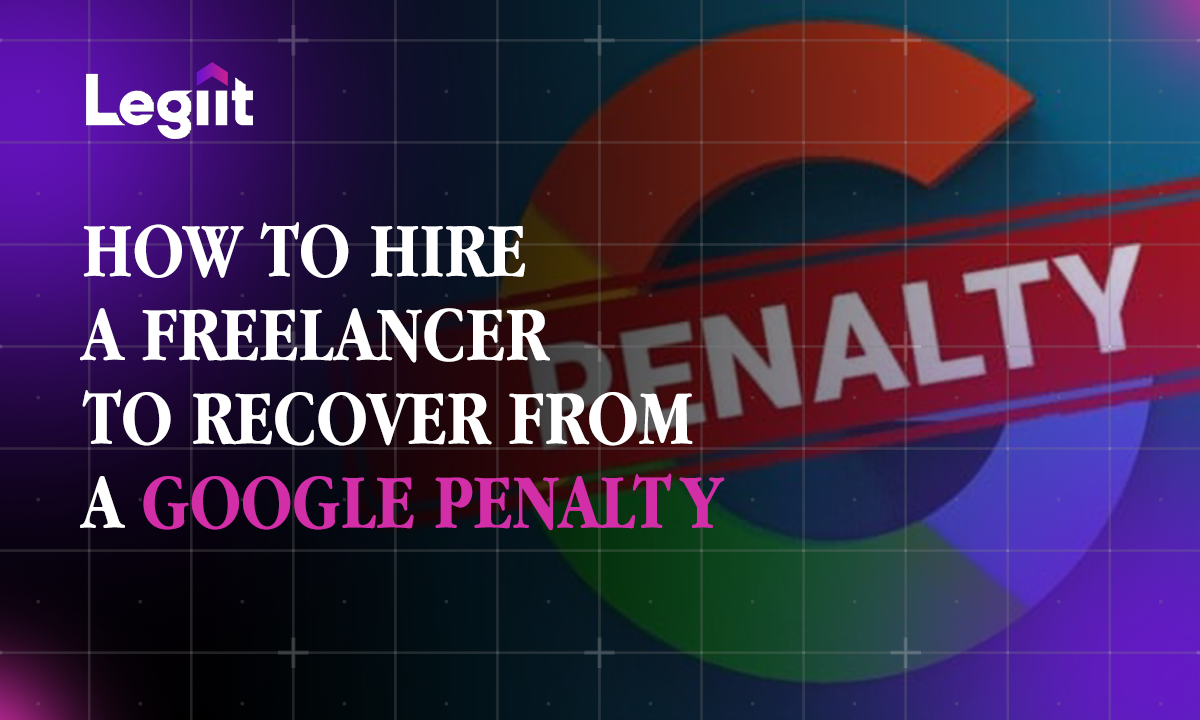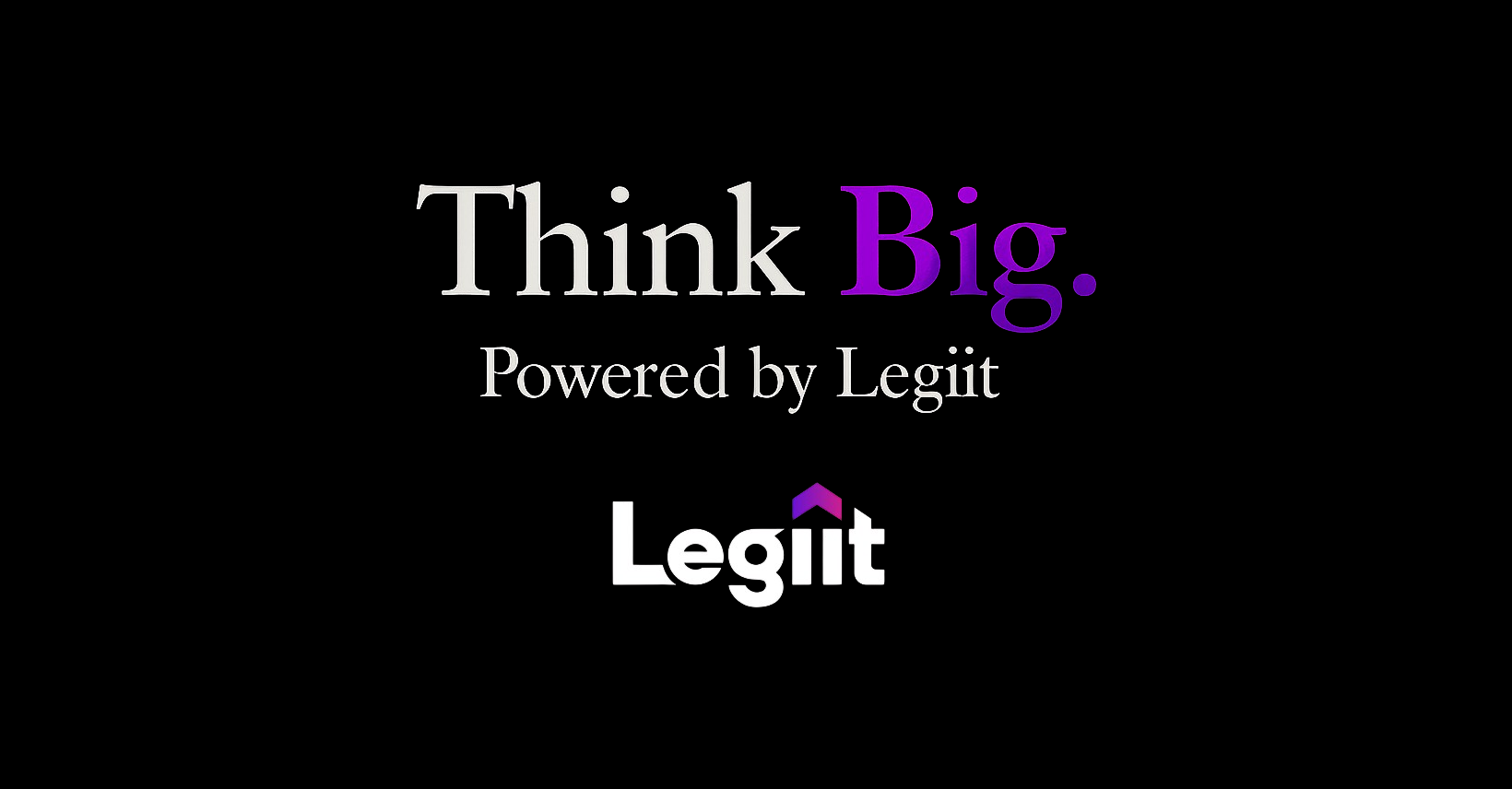The worst nightmare for every website owner is one where you dedicate your time, resources, and money into building your site and then you lose it all at once.
Just imagine, you take your time to build and optimize your website both on and off page, you invest in quality content, you rank on search engines, build credibility and then lose all that thanks to a link—a bad link.
As you have figured, having quality content is great, a couple of high quality backlinks is even better but an infestation of bad backlinks on your website can cause it to crumble regardless of your SEO expertise.
That's not the worst part yet.
Get this, anyone can fall victim to bad backlinks. Whether you get them through short cuts as you seek to manipulate Google's algorithm or through spam websites, it can happen to anyone.
So, what are these bad backlinks we're talking about and how do you differentiate them from good backlinks?
Let's find out.
What is a Bad Backlink?

Backlinks are links from other websites pointing to your website.
They act as relevancy signals in Google's algorithm; this means that Google regards backlinks as an indicator that your website is worthy and contains valuable content. Not just any backlinks but high quality backlinks.
Good backlinks come naturally from other websites as a result of high quality and valuable content on your website within your niche whereas bad backlinks are any links from suspicious websites like gambling sites that don't align with your business.
Such links can cause damage to your website by ruining its reputation and in rare cases lead to its dissolution.
Google vs Bad Backlinks
Google prioritizes its users above anything else therefore, their guidelines revolve around bettering the experience of a user.
They understand that content that answers a reader's question will make the reader come back for more, hence the strict guidelines that web owners follow to improve the user's experience.
A bad backlink negatively affects a user's experience. Take unrelated backlinks for example.
If a user is on your website reading a blog post about a food recipe and they find a backlink leading to a website that talks about dogs, a topic that is unrelated to food recipes they are likely to exit your website terming it as unhelpful and misleading.
Since Google cannot risk losing its "customers'' it issues a penalty as a punishment to the website. Other times (when the bad backlinks are minimal) Google chooses to ignore some bad backlinks on your website.
In severe cases of guideline violation Google completely bans your website otherwise known as delisting where your website will cease to exist.
How to know if a link is bad
Any website can link back to you without your consent.
Good links boost your website's ranking and help build credibility. Bad backlinks will do the opposite.
What's even more troubling is knowing that your competitors can pull a negative SEO strategy card on you. This is where they link your website to spam sites to trigger a penalty from Google.
Other times it's just spam websites, an honest mistake or a failed attempt at using paid backlinks.
Knowing that, how can you tell which backlink is good and which one is a bad backlink?
Here are some examples of bad backlinks:
#1 PBN Sites
Private blog networks (PBNs) are networks of websites that are created to act as backlinks to other websites.
PBNs help boost organic search visibility regardless of the quality of content on a website.
In that context backlinks from such sites make them bad backlinks that violate Google's guidelines which is against any kind of search engine manipulation.
Using PBNs is a tricky move as it may lead to a penalty from Google once it's detected on your website.
#2 Blog Comments
Sharing your links in a blog comment is not a bad thing. On the other hand, stuffing your links on every blog comment with the intention of driving traffic to your website might come off as spam.
For example, if a reader comments under a blog post about dog training asking questions on the same and an expert dog trainer answers them linking to their website for more information that can be considered a healthy linking.
But if the same happens and a gambling site is linked instead, that becomes a bad link since it's totally unrelated to the blog post.
#3 Suspicious websites
A backlink from such sites is the worst link you can get on your website. This is because most of these sites contain malware made for the purpose of causing distractions on other websites.
A competitor, like we discussed earlier, can link your website to such sites with the intent of making Google penalize your website.
Regardless of the traffic you might be getting from them, they are still bad backlinks as they will hurt your website by lowering its ranking and organic traffic once Google detects them and takes action.
#4 Paid Scheme
Buying and selling of backlinks is a popular venture in this day and age. There's no harm in purchasing a few quality backlinks here and there.
The problem arises when you purchase low quality backlinks from cheap vendors. Such links will affect your website's credibility disregarding the quality content in it.
Another issue Google has with paid backlinks is websites that purchase and disguise them as natural backlinks. Google considers such a move as manipulative and a black hat SEO tactic.
Why should you watch out for bad backlinks?
After investing your time and money on your website it is necessary to ensure your hard work pays off.
Backlinks are like partners, get a good one and you're set for life, get a bad one and forget about building a credible online presence.
Here are some damages bad backlinks can cause your website to:
- Get penalized by Google
- Lose Credibility
- Rank Lower on SERPs
- Loose Organic Traffic
How to identify and get rid bad backlinks

The best backlinks for your site are the ones that come naturally as a result of the authority your website commands in your niche.
Most of the time this is a form of flattery as it signals relevancy to Google and in return Google rewards you with high ranking and organic traffic.
Another way of acquiring backlinks is through submitting requests to other sites to link back to you or you can purchase backlinks from experts. One thing these two options have in common is that they are not natural backlinks.
Just as you can receive high quality backlinks from other sites without your consent, you can also receive bad backlinks from spam sites directed by your competitors as a way to get you penalized by Google. This is a form of what we call a negative SEO strategy.
So, if bad backlinks can find their way to your website how can you identify and remove them without interfering with the good ones?
And how do you remove bad backlinks from your website?
There are two ways to identify bad backlinks.
- Doing it manually, that is, going through each backlink one by one.
- Using specialized tools to help with the process.
Removing bad backlinks in 5 easy steps
#1 Do a website audit
To perform a website audit for backlinks you can use specialized tools such as the Legiit backlink history via the Legiit dashboard that will help you review all the backlinks available on your website.
With this tool you will get a full list of both good and bad links after which you will go through them manually one by one as you identify the bad links from your website.
After that, create a list for all the bad links that you'll use to remove them from your website later on.
#2 Find the bad backlinks
With a full list of backlinks on your website, you can easily check bad backlinks by manually clicking on them.
They will lead you to their sources where you can identify those that fall under bad backlinks.
After identifying bad backlinks you're going to create a separate list of them noting down the contact information from their website homepage. This will help you in the next step.
#3 Contact the webmaster
Once you have identified the bad backlinks, you can proceed to contact the owner of the links and request them to remove them from your website.
This process might take time as you reach out to the other party and wait for their response. If this step doesn't work out, you can proceed with the next.
#4 Create a disavow file
A disavow file is a Google file that allows you to dissociate your website from bad backlinks on it. This method allows you to remove bad links completely.
Organize a list of URLs or domains that you'd like to disavow in a text file that you will upload to Google.
Make sure you have the correct backlinks to avoid disavowing good backlinks on your website.
Choose one URL or domain to disavow per line.
For you to disavow a domain, start with the domain at the beginning of the link address.
Ensure the file name ends with .txt.
#5 Disavow the backlinks
After you have created your disavow file, follow these steps to upload it and disavow the bad backlinks.
- Go to the disavow links tool page.
- Select a property from the property list. Click the button to upload your list.
- Choose the disavow file from your local computer as directed.
Note: If the upload is successful, it can take a few weeks for Google to incorporate your list into the index as Google recrawls the web and reprocess the pages that we see.
Keep in mind that using disavow as a bad link removal tool should be your last option.
Because if done incorrectly, you might end up disavowing good backlinks that will affect your ranking on search engines.
Final Thoughts
Ranking on SERPs is important but don't let the pressure get into your head to the point of seeking bad backlinks that might cost you your website.
In the case of spammy backlinks, monitoring your website will help you detect them before it's too late.
Create quality content for your website, stick to white hat SEO tactics and practice patience.
After all, good things take time.















 Download
Download